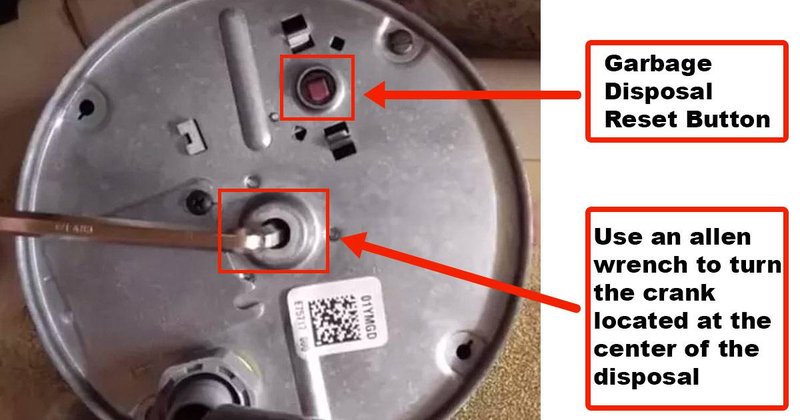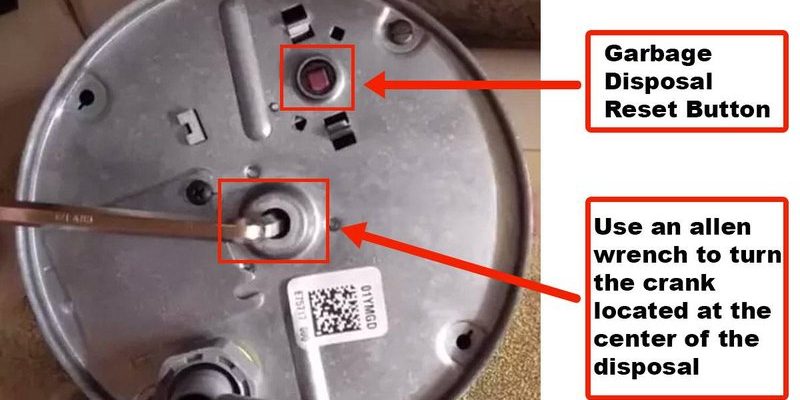
Imagine you’re at a party, and the music suddenly stops. Everyone’s left wondering, “What happened?” The DJ might have just blown a fuse. Similarly, your garbage disposal stops working to protect its internal components. Understanding how to reset it safely can help you get your kitchen back in order without calling in the professionals. The good news? Resetting an Insinkerator disposal isn’t as daunting as it sounds. Let’s walk through the process together.
Understanding the Error Code E3
When you see Error Code E3, it’s like your disposal is raising a red flag. This code usually pops up due to an overload. Maybe you fed it too much food waste too quickly, or something got stuck inside, causing a jam. It’s akin to biting off more than you can chew—sometimes our appliances need to slow down and catch a break. This error is a safeguard, ensuring the motor doesn’t overheat or burn out, which would be a much bigger problem.
The E3 error isn’t something to panic about, but it’s important to address it promptly. Ignoring it can lead to more severe issues, much like ignoring the oil light in your car. Over time, repeated overloads could cause significant damage, leading to costly repairs or even the need for a replacement unit. So, while the error is inconvenient, it’s your disposal’s way of asking for a timeout and some TLC (tender loving care).
By understanding the cause, you’re already halfway towards solving the issue. Knowing that this error is a protective measure allows you to approach it calmly. Remember, the disposal isn’t broken—it’s just asking for some help. Let’s look at how you can assist it in getting back to work.
Resetting Your Insinkerator Garbage Disposal
First things first, safety is your top priority. Before you begin fiddling with your disposal, make sure it’s turned off. Unplug it from the power source to avoid any accidental activations. You wouldn’t stick your arm into a moving blender, so let’s treat the disposal with the same caution. Once it’s completely off, you can start the reset process.
Find the reset button, usually located at the bottom of the disposal unit. It’s often red and might feel like a tiny “button of hope” amidst the chaos. Press it firmly. This is akin to rebooting your computer when it freezes—it gives the whole system a fresh start. After pressing the button, plug the disposal back in and test it. Turn on the cold water and flip the disposal switch. If it starts humming again, you’re back in business!
If the reset doesn’t work the first time, don’t worry. It might need a second or third try, especially if a stubborn jam is causing resistance. In some cases, you might need to manually clear any obstruction. Use a flashlight to peer inside the disposal and carefully remove any debris with tongs or pliers. Never use your hands. Once cleared, try the reset again.
When to Call for Professional Help
Sometimes, even with the best of efforts, the disposal might not cooperate. If you’ve reset it, cleared any visible jams, and it still doesn’t work, it might be time to call in a professional. After all, you wouldn’t try to fix a car engine without training. A certified technician can diagnose any underlying issues that aren’t apparent and ensure your disposal is running smoothly again.
Persistent problems could indicate issues with wiring or the motor itself. These are complex components requiring specialized knowledge. Attempting to fix them without proper experience could potentially lead to more damage or even safety hazards. Professionals have the tools and expertise to handle these challenges safely and efficiently, ensuring your kitchen remains a safe place.
Keep in mind that regular maintenance of your disposal can prevent many of these issues. Like changing the oil in your car, taking care of your appliances ensures longevity and reduces the likelihood of unexpected breakdowns.
Preventative Measures and Maintenance Tips
To prevent future issues with your Insinkerator, regular maintenance is key. Run your disposal with cold water before and after use. This helps solidify any grease or fat, ensuring it’s chopped up and flushed through the pipes rather than sticking to the sides. Also, avoid overloading it—feed the disposal gradually to prevent jams from occurring.
It’s also a good idea to regularly clean your disposal. You can do this by grinding up ice cubes to help dislodge any stuck-on bits and using a little vinegar or lemon to keep odors at bay. Think of it as brushing your teeth; it keeps everything clean and fresh and prevents big problems down the line.
By using your disposal properly and maintaining it regularly, you can prevent many of the issues that lead to errors like E3. And should it happen again, you’ll be more than ready to tackle it. With a little knowledge and patience, you’ll keep your kitchen running smoothly. After all, a happy disposal means a happy kitchen.
